|
The past couple of days has seen a reasonable (if not spectacular) movement of Arctic Terns through the Midlands – the first decent passage of the year of the species, which is always eagerly awaited by inland patchers every late April and early May. With murky conditions dominating throughout Friday and small flocks popping up elsewhere in Nottinghamshire and Lincolnshire, it felt like was very much on the cards for Baston & Langtoft Pits as the day progressed. I had a quick check at lunch but no terns were present, so I headed on to Willow Tree Fen, the excellent LWT reserve towards Spalding. It was cold, windy and started to drizzle as I grilled the scrape there, which held nothing but the usual breeding waders, so I decided to head back home. A quick look at BLGP Wader Pit on the way back revealed the welcome sight of four Arctic Terns battling the breeze among several Common Terns – what a difference half an hour can make at peak migration season. Arctic Tern is a species that I never used to see at BLGP anywhere near as regularly as I probably should have when I watched the site regularly in my teens, given that they must pass through each year. Sure, I used to get the odd one or two, but it was rare for them to linger, and it's testament to the open expanse of Wader Pit and the feeding opportunities that it provides that they now seem to be more of a fixture here, along with Little Gulls, Black Terns and other aerial feeders. I sat by the edge of the pit and enjoyed brilliant views of the Arctics as they fed along the pit margins, alongside large numbers of hirundines (mainly Sand Martins and Swallows) and several Common Terns. Apparently another five or six Arctics dropped in after I left mid-afternoon, but quickly departed north again. And, on returning after work in the evening, I was treated to two further Arctic Terns dropping in and circling Wader Pit for a couple of minutes before continuing off to the north. Watching the Arctics feeding alongside the local Common Terns was a great way to reacquaint myself with the subtle differences between the two taxa. Common Tern is an elegant bird, but Arctic Terns somehow manage to make them look mildly cumbersome. Arctics are so buoyant and delicate, with the longer tail streamers exacerbating their gracefulness. Then there are plumage and other structural differences, including the shorter neck, shorter, deeper red bill (with either no or minimal black dip), darker, more uniform grey below, shorter legs and translucent underwing extending to the outer primaries. A couple of comparisons below. It's fascinating to let your mind wander and think about where these birds, arguably the greatest travellers of all living creatures, have come from, and indeed where they might be going. Their annual movements are nothing short of epic (see here) and it's remarkable to think these terns may still have hundreds, if not thousands, of kilometres left to complete before they reach their breeding grounds. Just imagine what they will have witnessed on their travels across the world's oceans! Superlatives are often banded about too freely in life, birding included, but Arctic Terns are worthy of all the praise they get – and plenty more besides.
0 Comments
Leave a Reply. |
This pageThe musings of a wildlife enthusiast, usually armed with his camera. Archives
May 2024
|
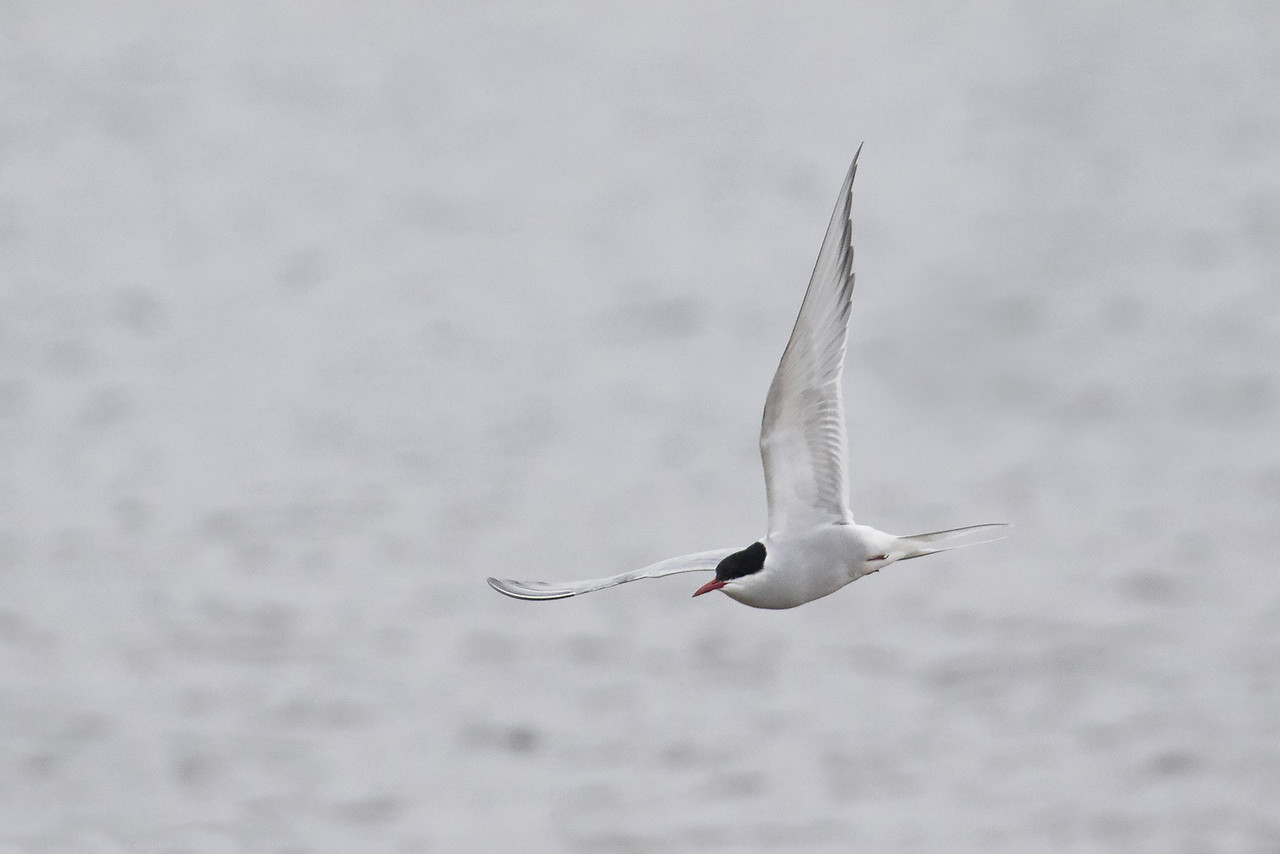
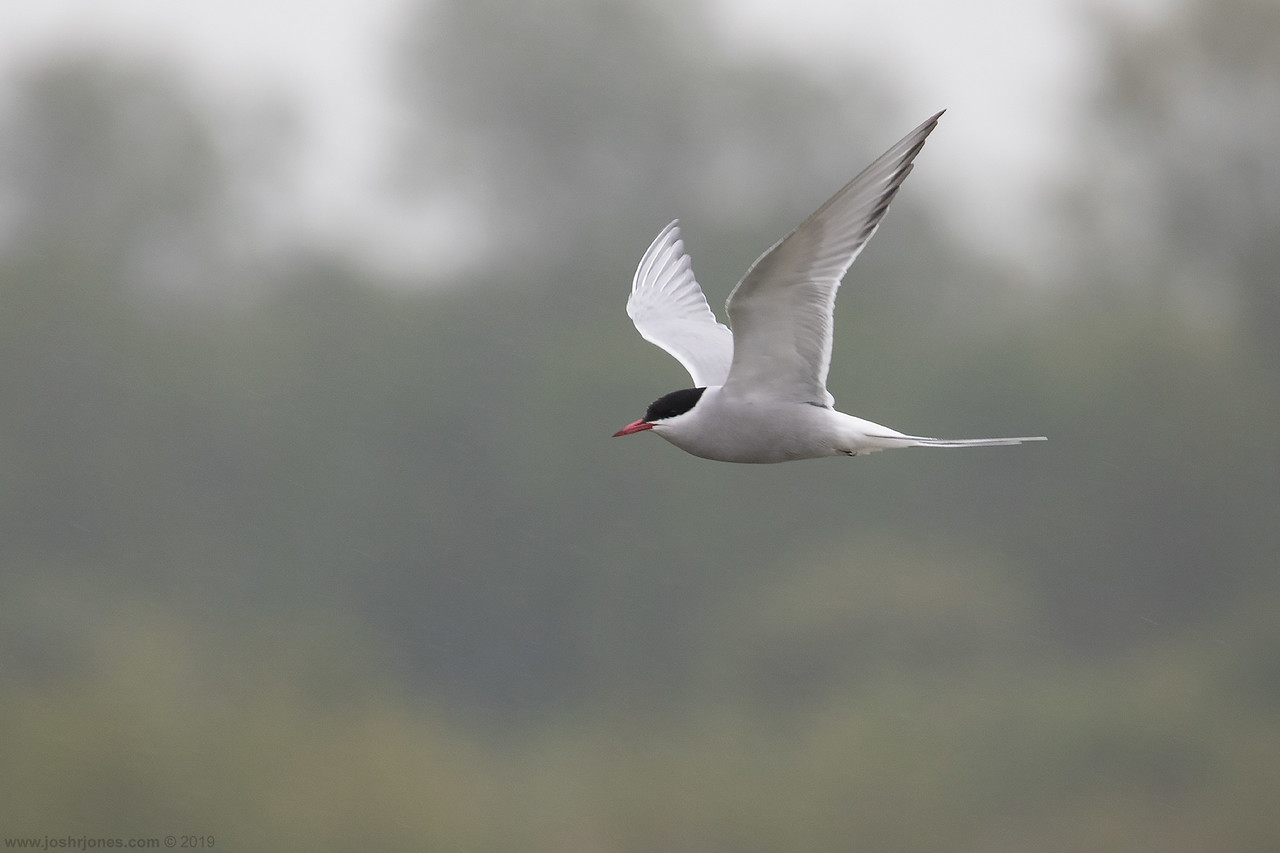
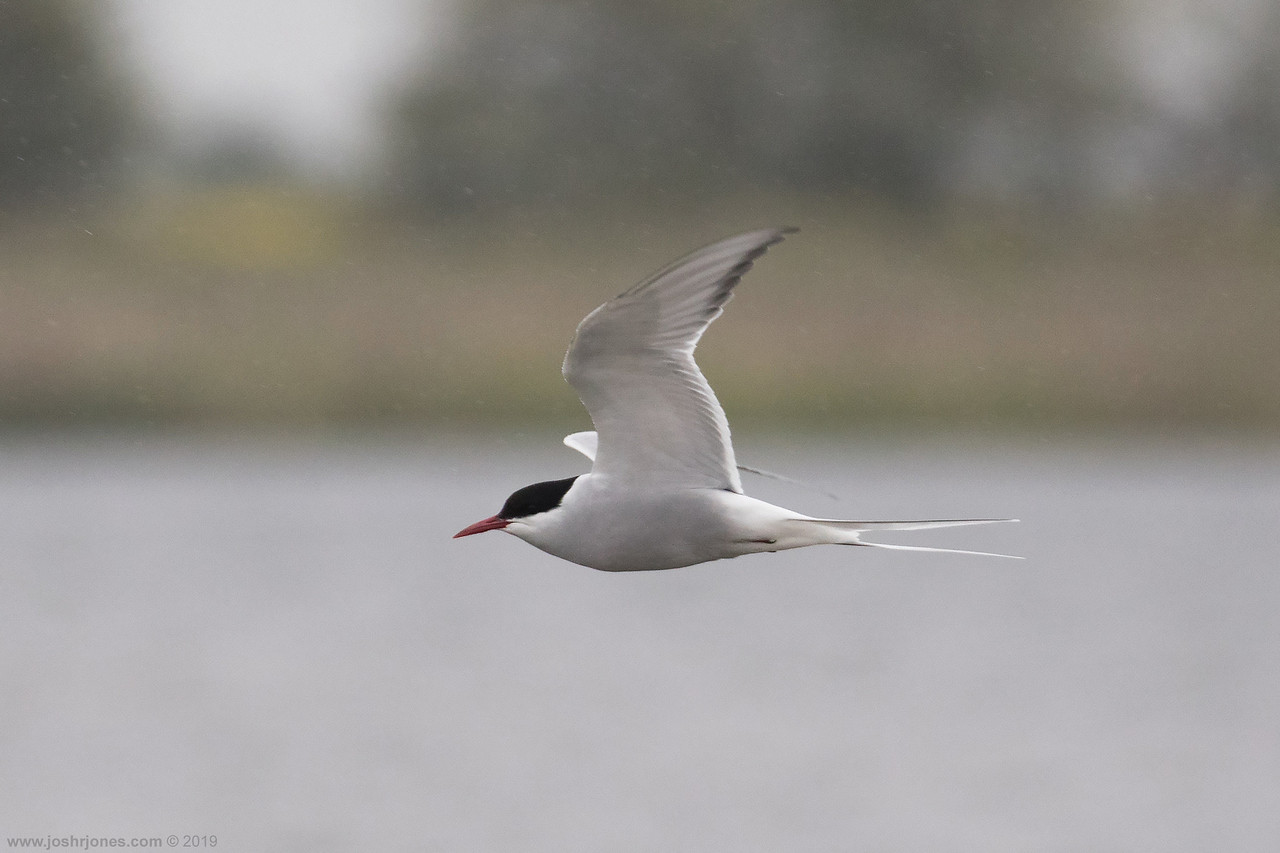

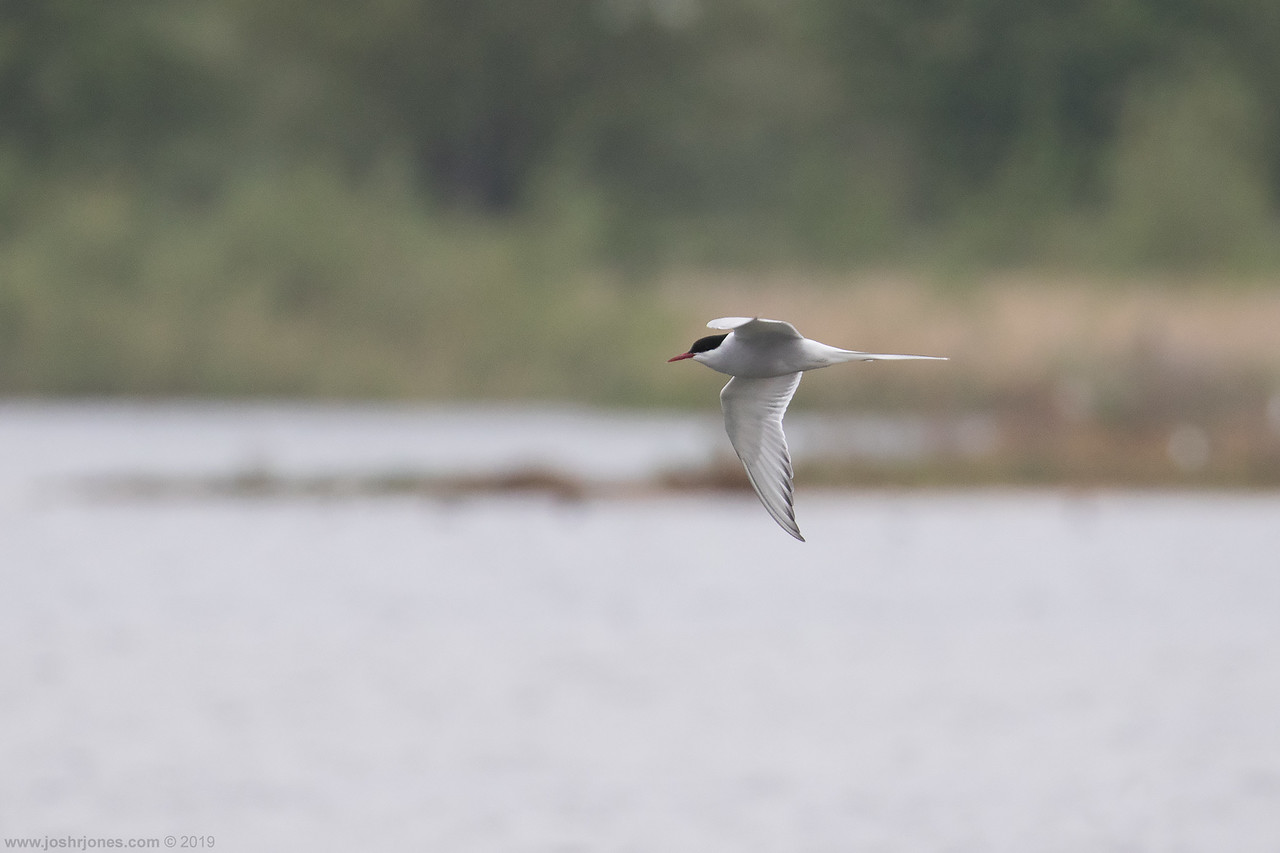
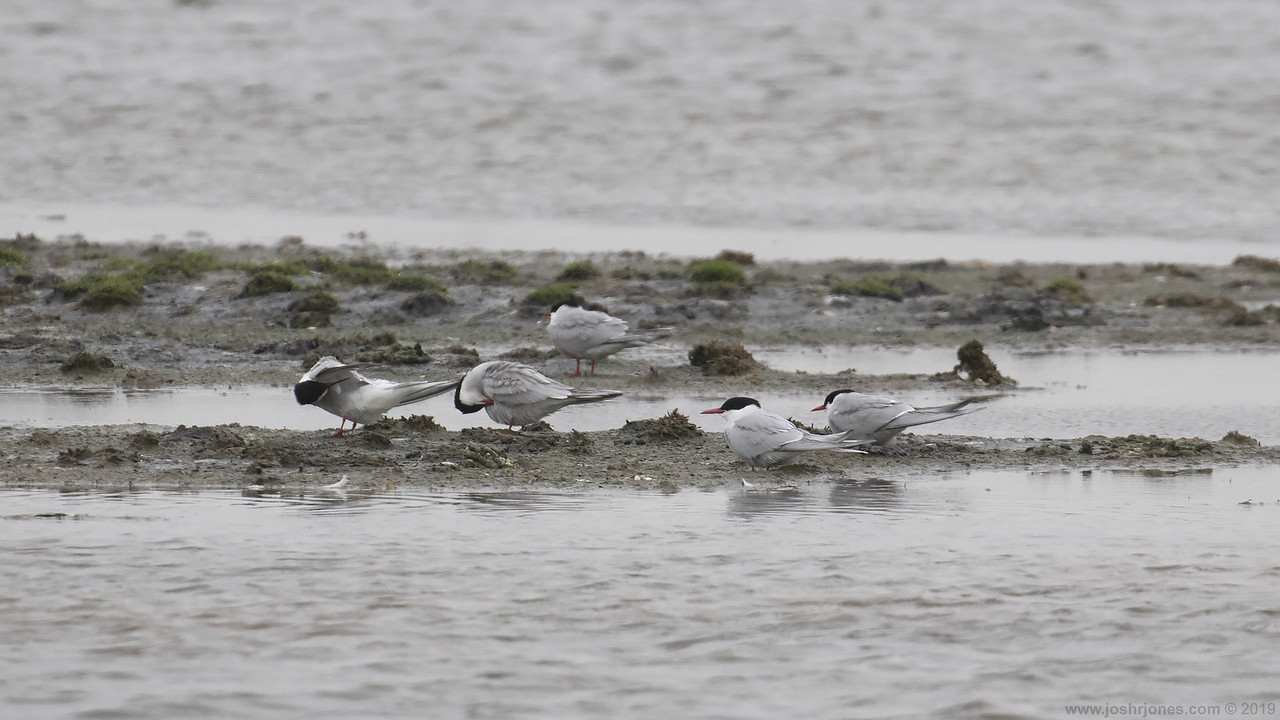
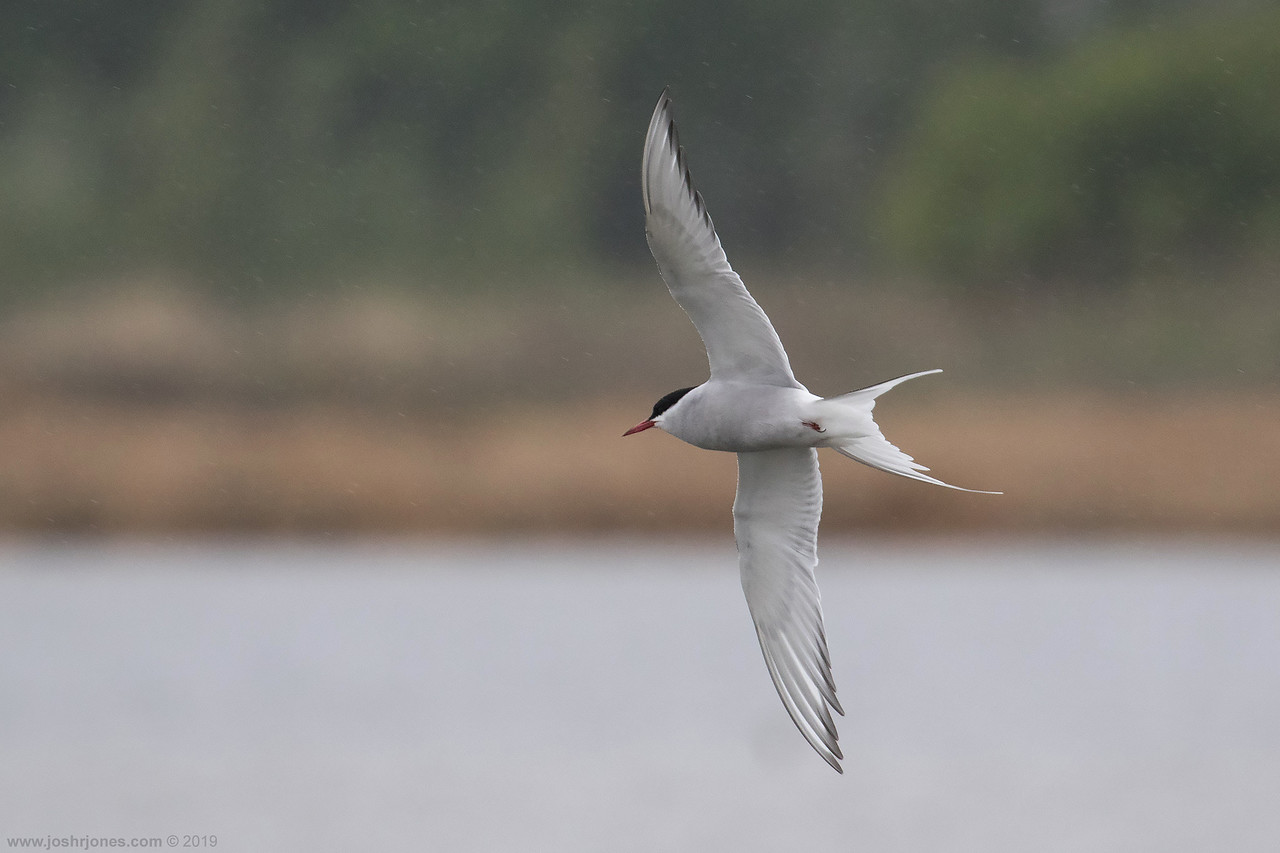
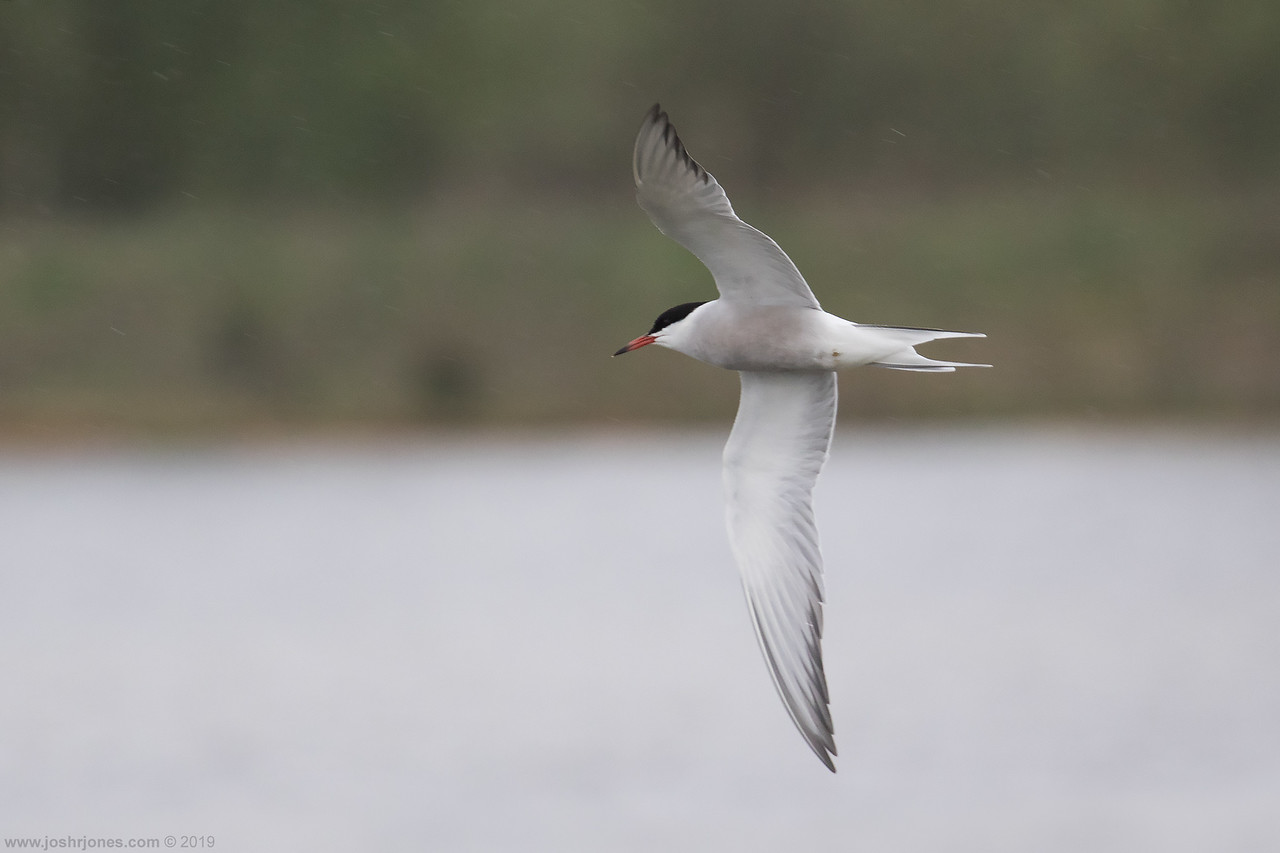
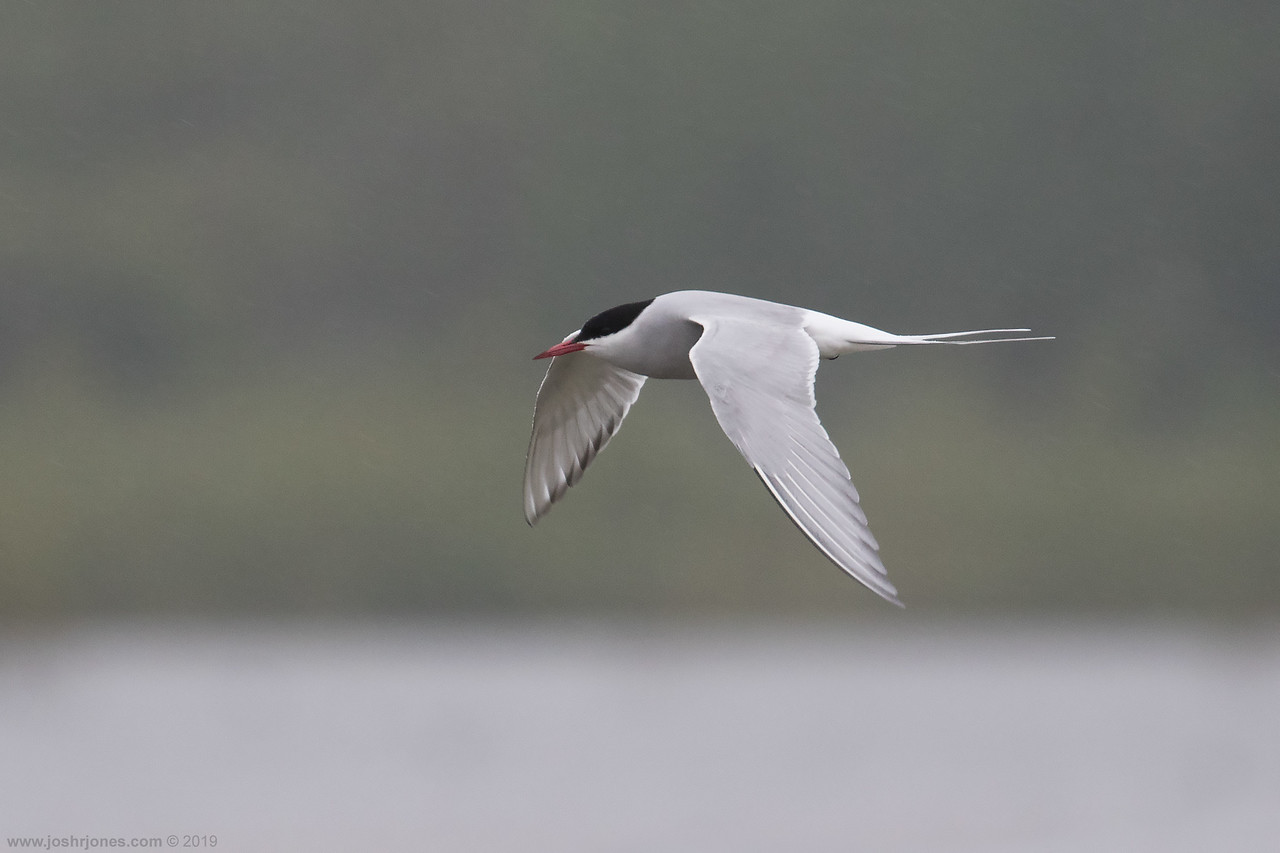
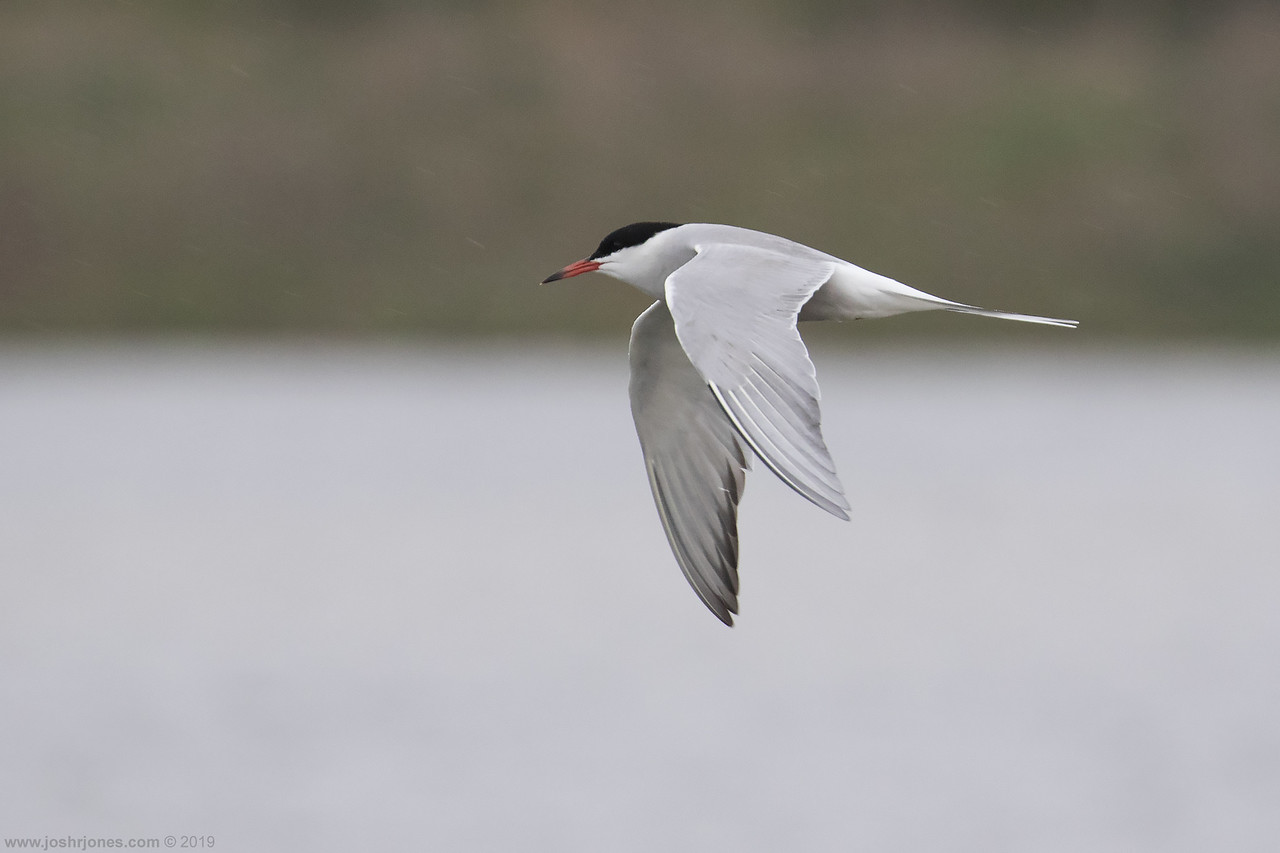
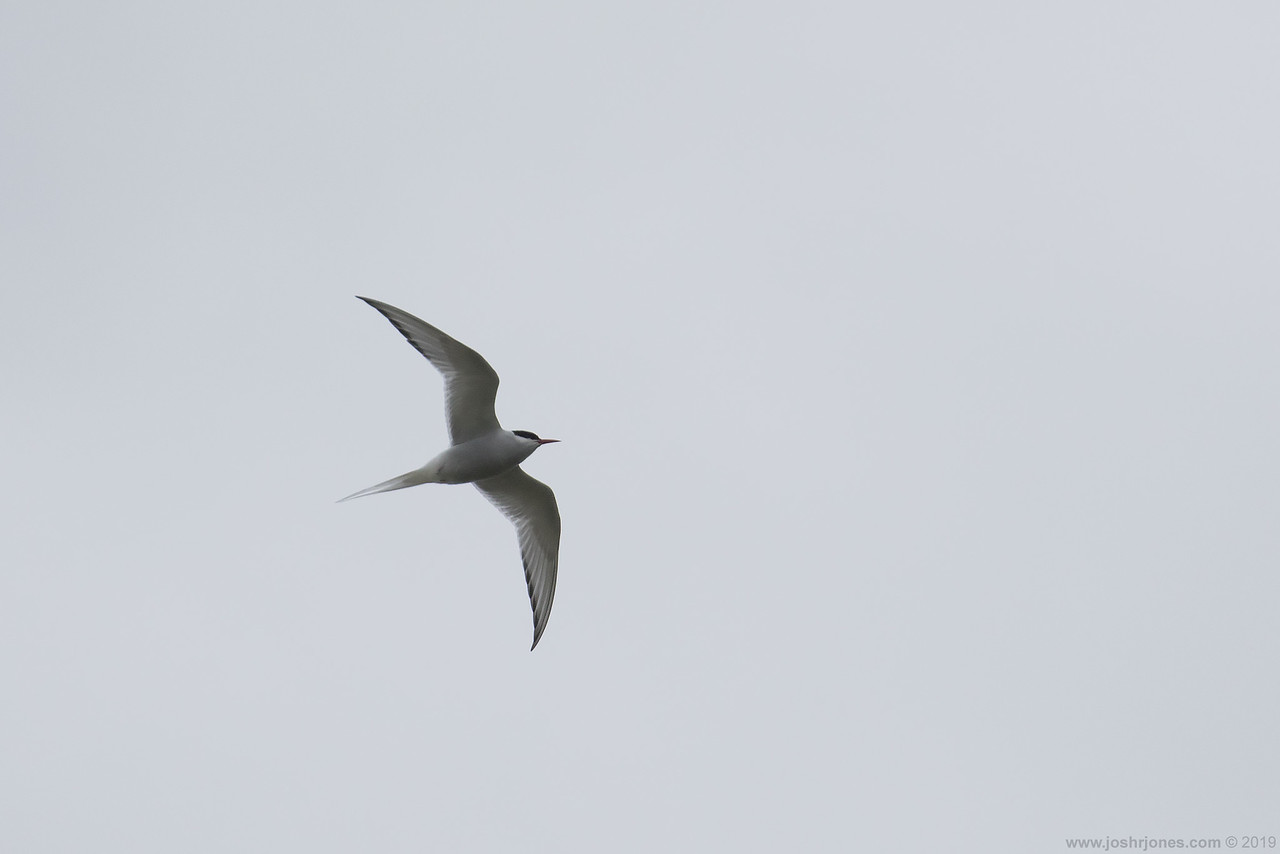
 RSS Feed
RSS Feed